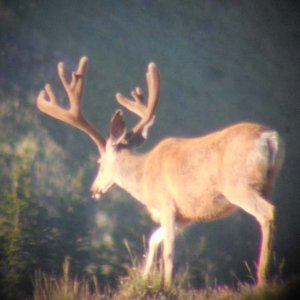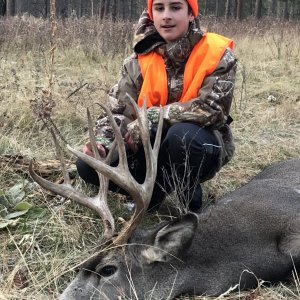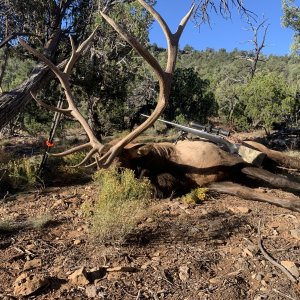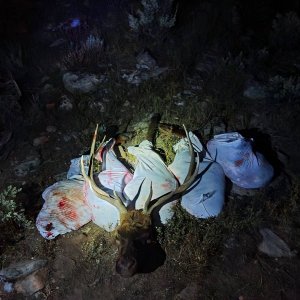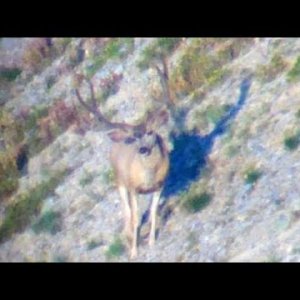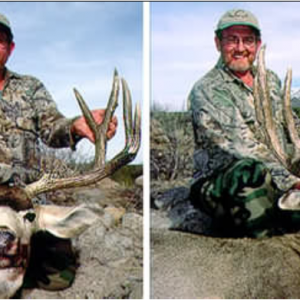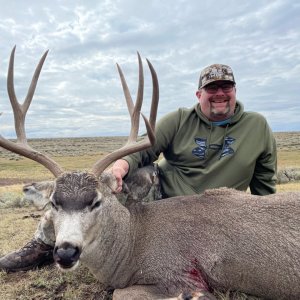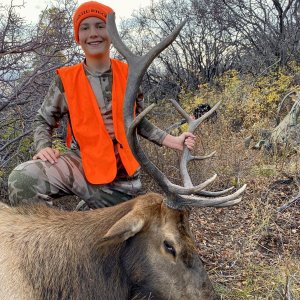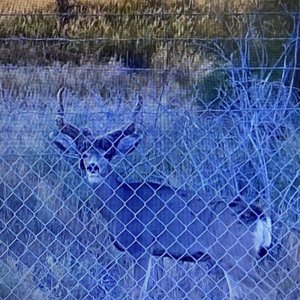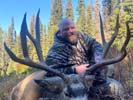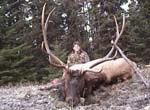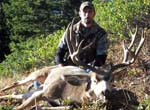BPKHunter
Very Active Member
- Messages
- 1,799
I have heard lot's of complaints this year about numbers. Went up with my son and hunted all day yesterday. Went with a friend to country his family has hunted for 3 generations so there will be not drainage names here. In one day we saw 40+ deer and 12 bucks, of which only 3 were forkies. Most does were hauling twins around also. This was a general unit in SW Idaho, at about 7000+'. The deer did not seem to be moving through during the day, but on our way out we saw 4 groups of does/fawns heading downhill all well after dark.
Feed looked great and I think they are getting some extra time to really pack it on before the rut and winter. This delay before hitting wintering grounds may help save some of that winter feed in case it is a long winter again. I think with this weather the hunter success this year will be way below average.
Despite the fact some changes could surely be made to improve the long term situation, I am hopeful for the next few years.
Feed looked great and I think they are getting some extra time to really pack it on before the rut and winter. This delay before hitting wintering grounds may help save some of that winter feed in case it is a long winter again. I think with this weather the hunter success this year will be way below average.
Despite the fact some changes could surely be made to improve the long term situation, I am hopeful for the next few years.


